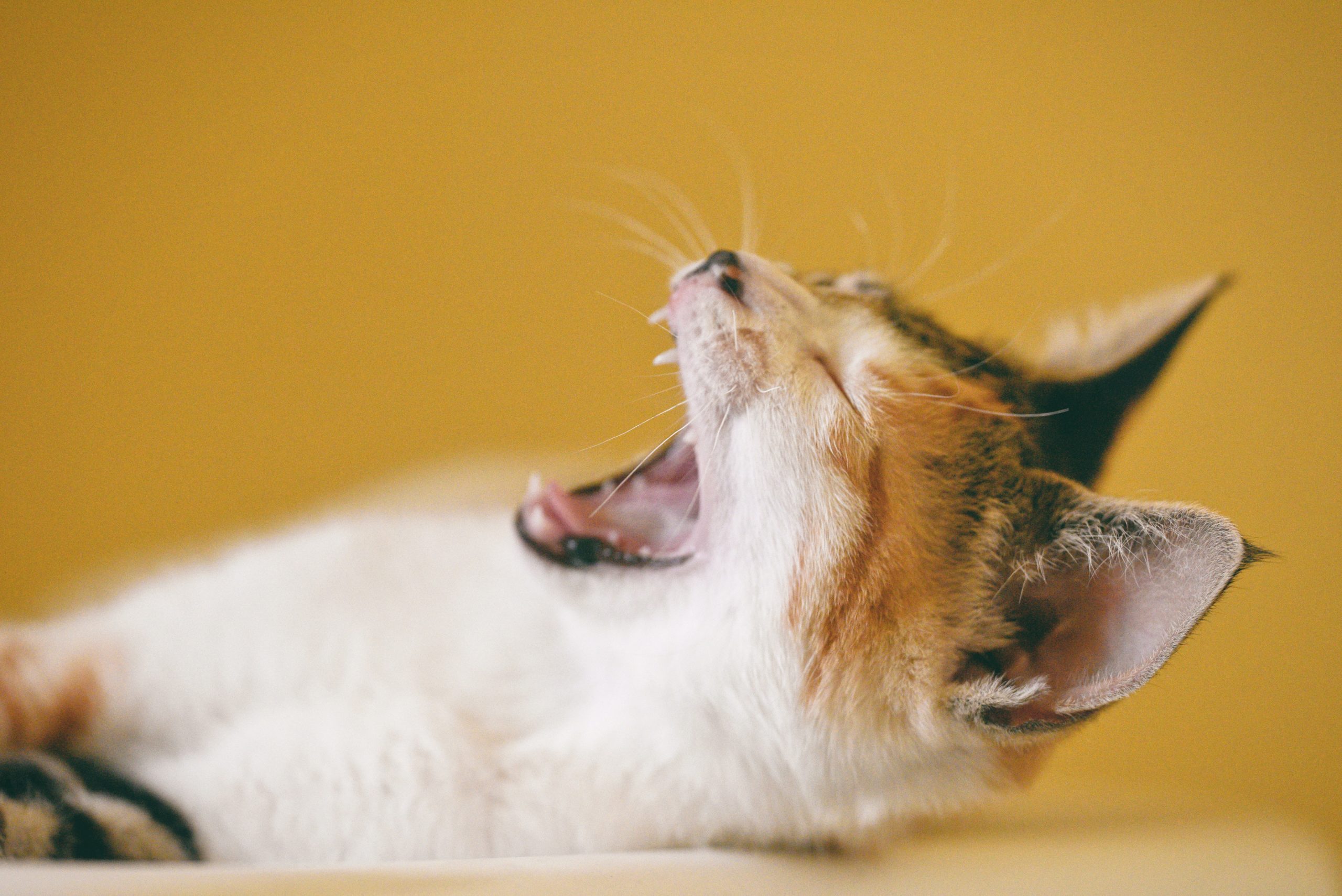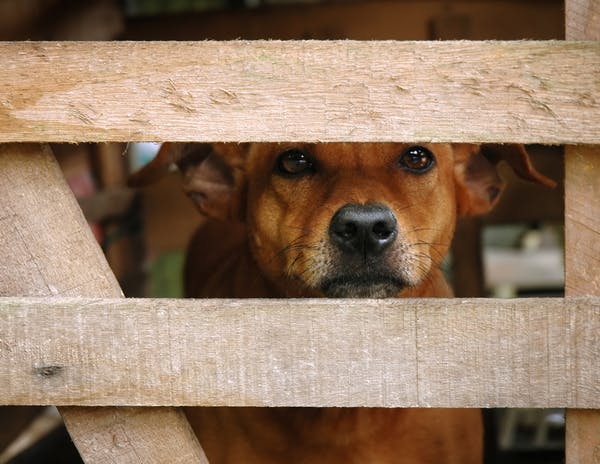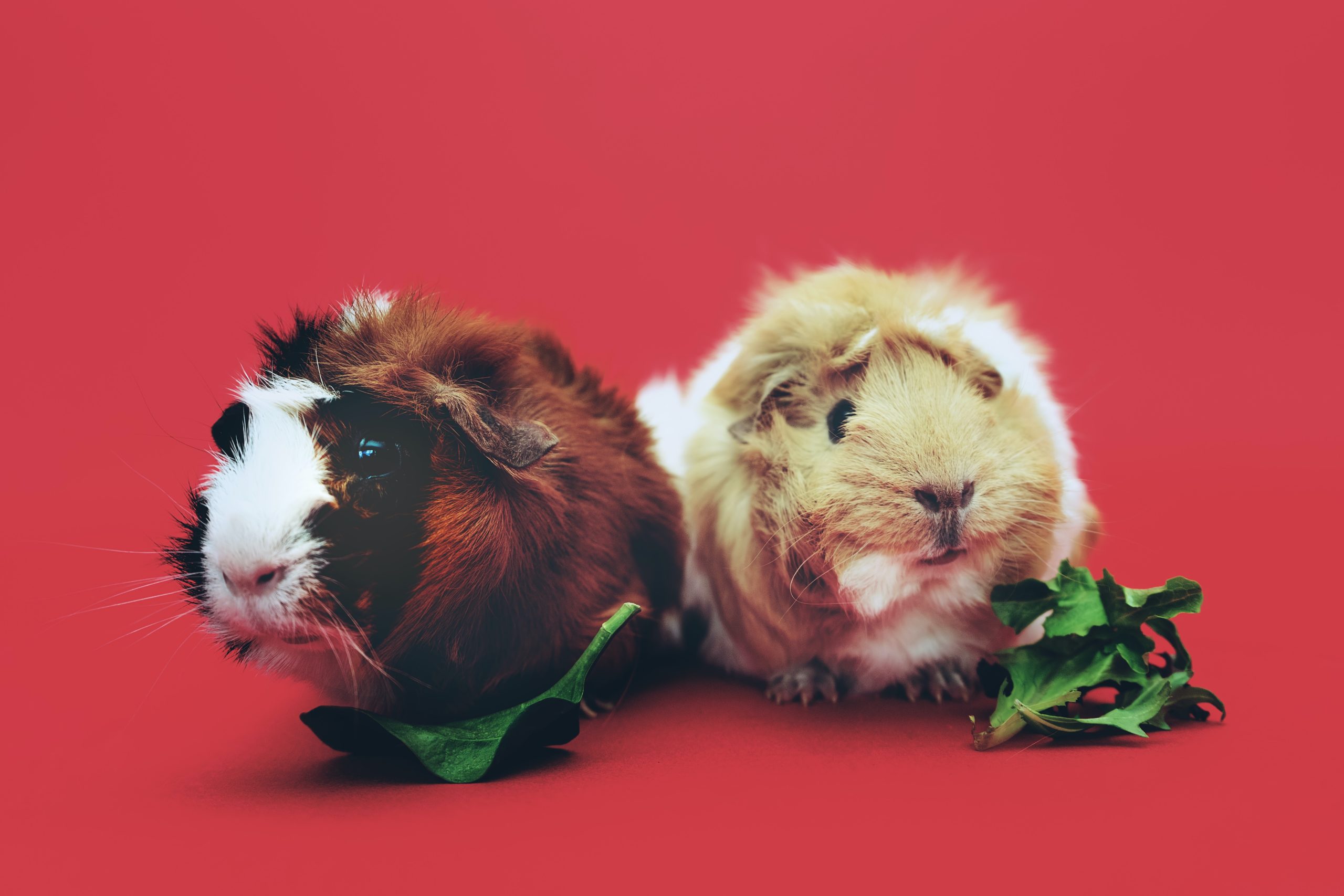Ferrets make interesting pets. They are domesticated animals, cousins of the European fitch or polecat. Ferrets are not rodents, with the domestic species of ferret having being bred in captivity for centuries, originally for hunting vermin and then for the popular sport of hunting rabbits or ‘ferreting’. They are fun-loving and playful animals, and very adept at getting into mischief!
Ferrets and the law
It is important to note that ferrets are banned as pets in Queensland and the Northern Territory in Australia; in the ACT you need a licence to keep ferrets. Ferrets are classified as an unwanted organism in New Zealand and are therefore banned as pets. Further information is available from the animal control/environmental staff at your local government office or primary industries department.
Ferrets as pets
Ferrets are very sociable animals and can make wonderful pets, especially if handled and socialised well from an early age. They are inquisitive and playful animals with characteristics similar to those of dogs as well as cats, and can be easily trained to use a litter box. Ferrets are not usually aggressive if handled correctly, though young children should be supervised at all times to avoid nipping.
Ferrets are higher maintenance pets than either cats or dogs, and require an owner who is willing to give a lot of time and attention. They need several hours of supervised exercise and play outside of their cage each day and can be quite mischievous and destructive. Ferrets get along with cats and most dogs if socialised with them early but should always be supervised. Avoid contact with pet birds, rabbits, guinea pigs, mice and rats.
Selecting a pet ferret
Ferrets can be purchased from pet shops or through breeders or ferret clubs. The most popular colour scheme is the polecat ferret with its buff coloured coat and black markings on the face, feet and tail. Other colour schemes are albino (white with pink eyes) and buff coats with lighter markings. Ideally choose a young ferret and check for the following:
- Clear eyes and nose – discharges may indicate respiratory infection
- Clean anal area – wetness may indicate diarrhoea
- Inquisitive and alert behaviour
- Good body condition, not too thin
- Soft coat with no evidence of external parasites such as fleas
- Healthy light pink gums and no broken teeth
- Whether or not already desexed or descented
Feeding pet ferrets
The ferret is a carnivore (meat eater) and can be fed a diet of good quality premium cat food or ferret food. Ferrets have an average life span of 5-8 years and the female ferret (jill) has a pregnancy lasting around 42 days. Young (kits) are born deaf and with their eyes closed until about 3 weeks of age when they also start to walk. Kits can be weaned onto kitten or ferret food by 6 weeks of age.
Desexing ferrets
Desexing a jill is recommended before the onset of first oestrus unless you want to breed from her, as female ferrets remain in heat unless mated, and prolonged high levels of oestrogen can result in bone marrow suppression and subsequent death.
Desexing of male ferrets (hobs) is also recommended to control aggressive territorial behaviour and reduce their musky odour. Descenting of ferrets by removing the anal sacs can also be performed at the time of desexing pets, but it only has a partial affect and is an optional procedure.
Housing and training ferrets
Ferrets are masters of escape and can squeeze through the smallest of spaces. They should be kept in a secure cage when not supervised and wear a collar with a bell. Ferret harnesses and leads are also available for exercising your pet ferret outdoors. If you are considering a ferret as a pet you need to ‘ferret-proof’ your house to prevent the possibility of escape and injury. Block all holes in the house, block spaces under and behind the fridge and washing machine, and prevent access to cupboards. Pot plants should also be protected and placed out of reach.
Where you house your pet ferret is also important, as they are very susceptible to heat stress or stroke – ferrets should be protected from temperatures above 26°C.
Training your ferret to come to the sound of a squeaky toy by rewarding with a treat is a good idea for those times when you can’t find your pet. If your ferret does escape outside, it will not survive in the wild for long. Ferrets are also highly inquisitive and will chew on almost anything. Rubber toys are not safe for ferrets as they can chew off and swallow small pieces, which can cause an intestinal obstruction. Hard plastic toys, dog chews, golf balls, ping-pong balls and cardboard toys are generally suitable.
Veterinary care
A veterinary examination should be performed on your new pet ferret within 48 hours of purchase. Your vet will advise you on a proper diet and housing for your pet and check for any signs of disease. A faecal sample will be examined for worms and a vaccination program set up. Ferrets should be vaccinated at 8, 12, and 16 weeks of age against canine distemper, which is a fatal disease in the ferret. A booster and check-up will be required once a year. At 5 years of age a complete geriatric work-up is recommended for the early detection of heart disease and cancer, commonly seen in older ferrets.




